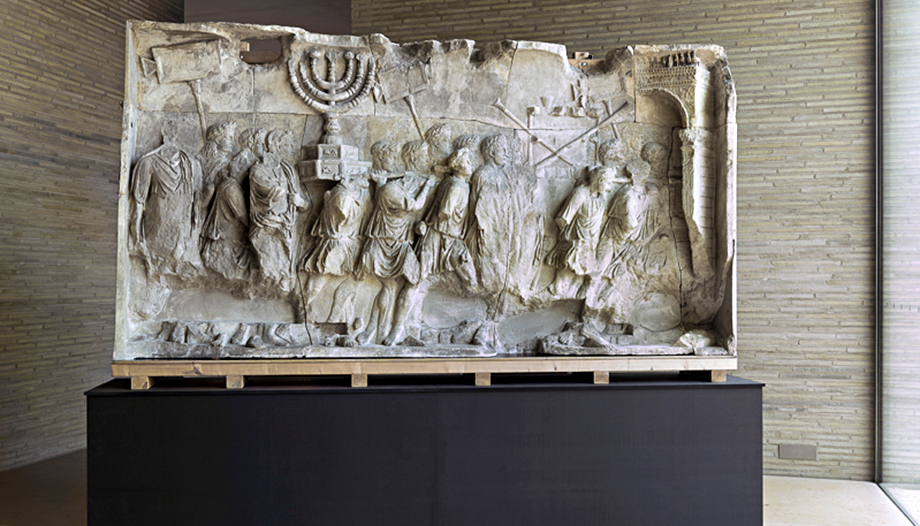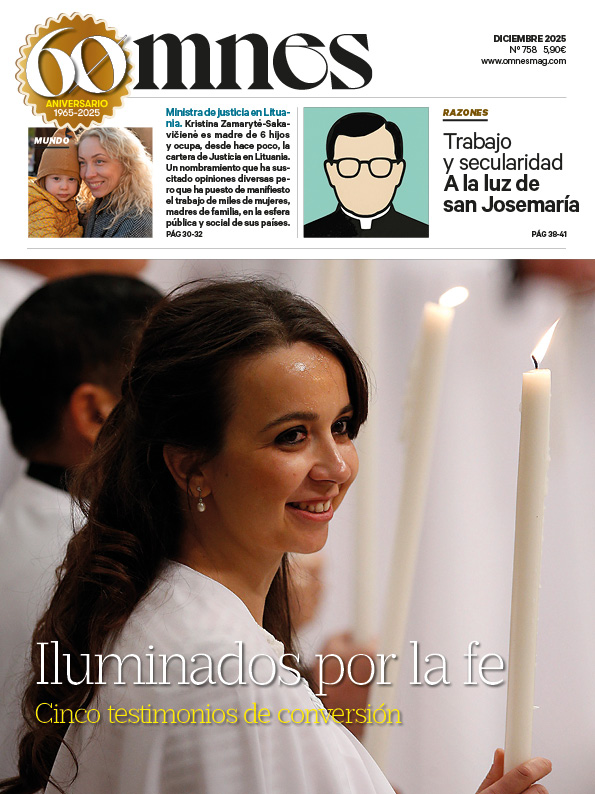Diocesan museums are not only spaces dedicated to the display of sacred art; especially in a secularized society, they are also places that evidence the influence of Christian art and culture on contemporary life. Unlike cathedral treasures, which tend to focus on liturgical art, diocesan museums engage in a dialogue with contemporary culture, exhibiting contemporary art alongside pieces of traditional Christian art.
A prominent example in Germany is the Diocesan Museum of CologneThe museum is remarkable both for its architecture and for its artistic collection, which creates a profound dialogue between classical and contemporary art. Its name "Kolumba" comes from the late Gothic church dedicated to the 3rd century martyr, known in Spain as Santa Coloma. This church, once the largest parish church in Cologne, was destroyed during World War II. The museum was built over its ruins by Swiss architect Peter Zumthor. Inaugurated in 2007, the building has received prestigious architectural awards such as the German DAM Architecture Prize (2008) and the North Rhine-Westphalia Architecture Prize (2011).
A fusion of past and present
The Kolumba Museum is a good example of harmony between old and new: the modern building integrates the ruins of the destroyed church and the chapel "Maria in den Trümmern", built in 1950 by the Cologne architect Gottfried Böhm. It is also possible to explore archaeological excavations in the basement of the museum: from elevated walkways you can see the remains of Roman dwellings and ecclesiastical buildings from the Carolingian, Romanesque and Gothic periods.
The sober exterior of the building is clad in warm gray brick, which lends dynamism to the wide walls. This minimalism is also reflected in the interior: the decorative sparseness and the selective use of materials allow all the attention to be focused on the works of art. The gray brick of the new building merges with the basalt and brick of the ruins, following the layout of the old church and thus maintaining historical continuity. Peter Zumthor's architecture thus takes on historical fragments while creating an ideal setting for the contemporary exhibition.
The museum houses an interior courtyard that replaces a medieval cemetery, contributing to the atmosphere of reflection and contemplation that characterizes it. At the heart of the building is a large exhibition hall where ancient and modern works of art coexist, promoting the aforementioned dialogue between eras.
History and development of the Kolumba Museum
The museum was founded in 1853 by the "Society for Christian Art" and in 1989 it was taken over by the Archdiocese of Cologne. In 2004, it adopted the name "Kolumba", in reference to the destroyed church. Conceived as a "museum of contemplation", its purpose is to invite the public to explore art as a reflection of life. The collection spans pieces from late antiquity to the present day, with a special emphasis on Christian art. Each year, in mid-September, a new annual exhibition is presented, combining works from the permanent collection with modern art. These exhibitions, bearing titles such as "Infinite Space Expands" (2007/2008), "Man Leaves Earth" (2008/2009) or "Sanctuary" (2013/2014), give new meaning to the collection each year. The current one is dedicated to "The alphabet of art".
The chapel "Mary in the ruins".
One of the most emblematic elements of the Kolumba Museum is the "Mary in the Ruins" chapel, built in 1950 by Gottfried Böhm as a symbol of hope after its destruction. The church of St. Kolumba, documented since 980, was almost completely destroyed during World War II, leaving standing only part of its outer walls and a late Gothic statue of the Virgin Mary on a pillar.
The chapel, which stands on the ruins of the church, has a simple, tent-like structure. Böhm designed a three-tiered basalt altar and decorated the chapel with works by renowned artists, such as the "Windows of the Holy Spirit" by Jan Thorn Prikker and a "Window of St. Catherine" by Georg Meistermann.
In 1957 a Blessed Sacrament chapel was added, which today houses a tabernacle designed by the artist Elisabeth Treskow. The elegant simplicity of the architecture, coupled with the symbolism of the art, makes this chapel a central place for worship in ColonyThe church has a daily celebration of Holy Mass and a daily confession schedule.








